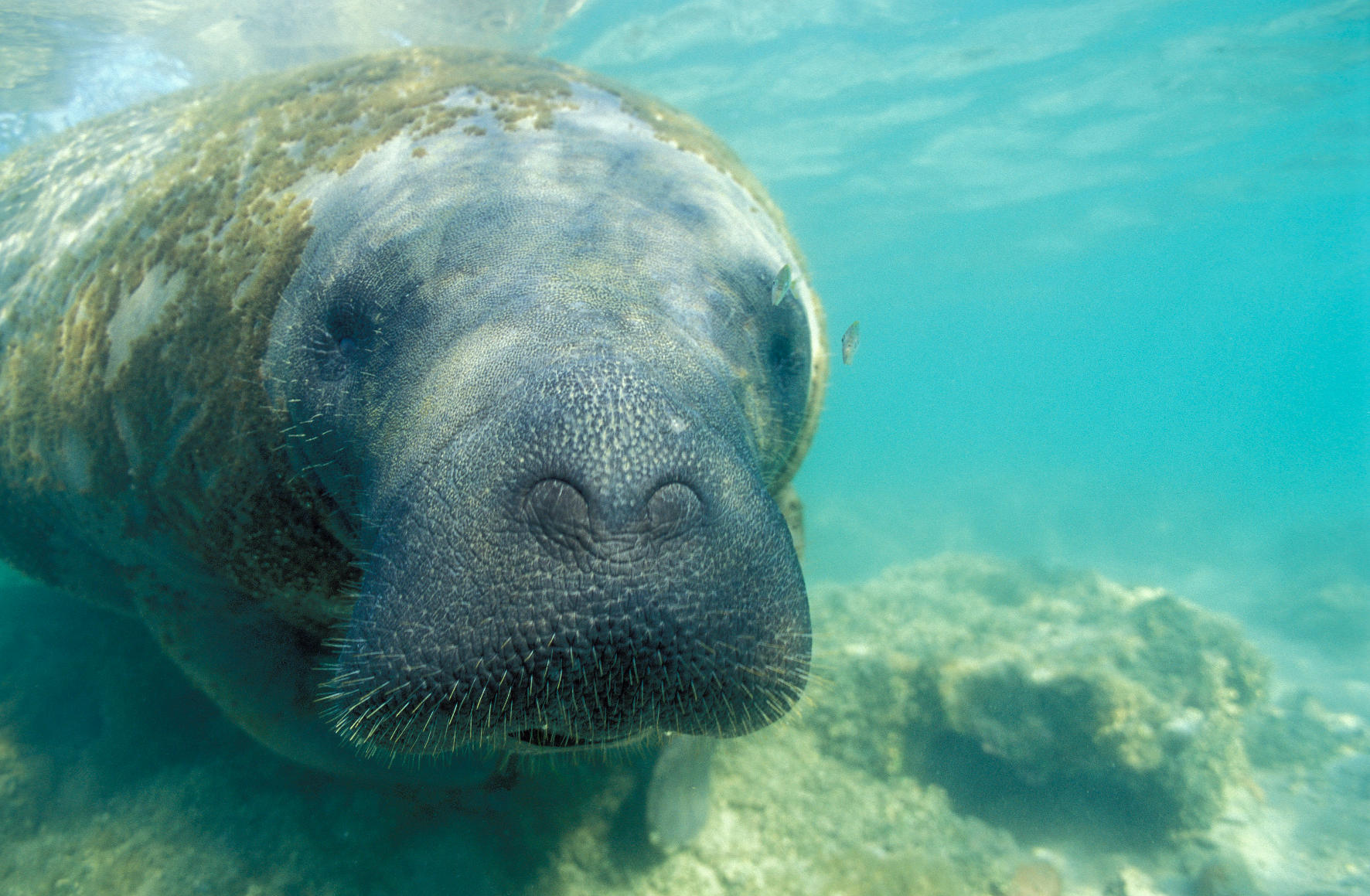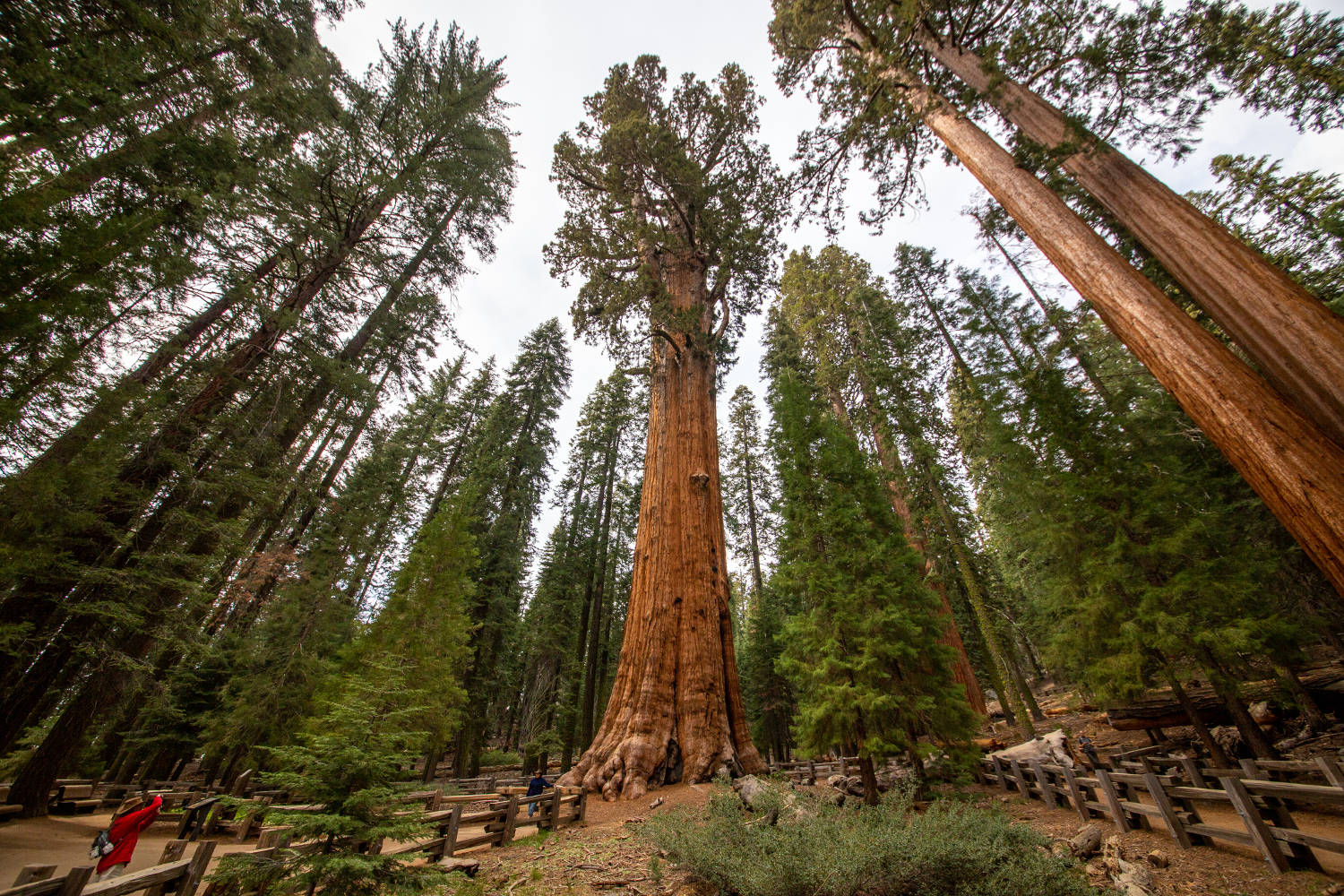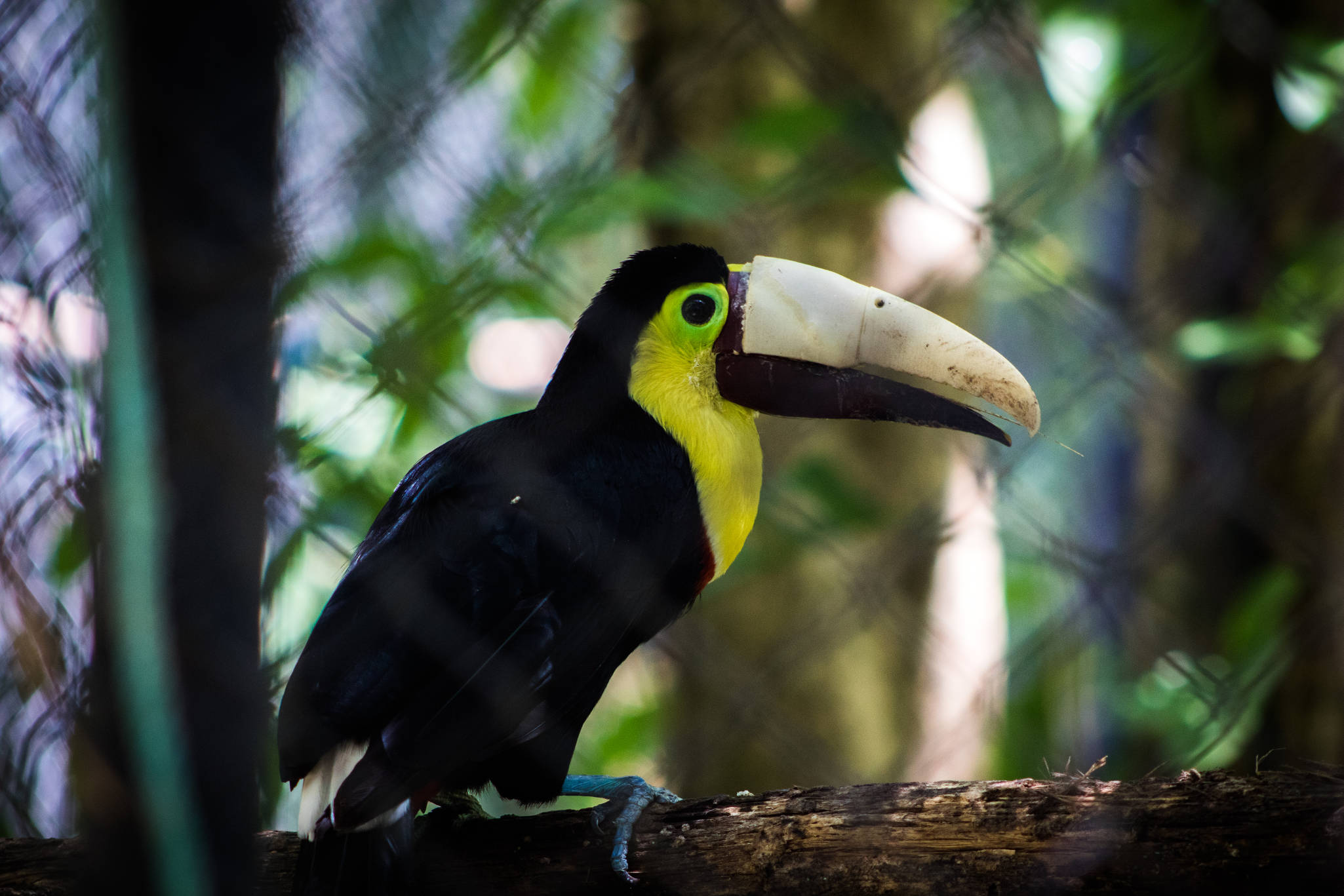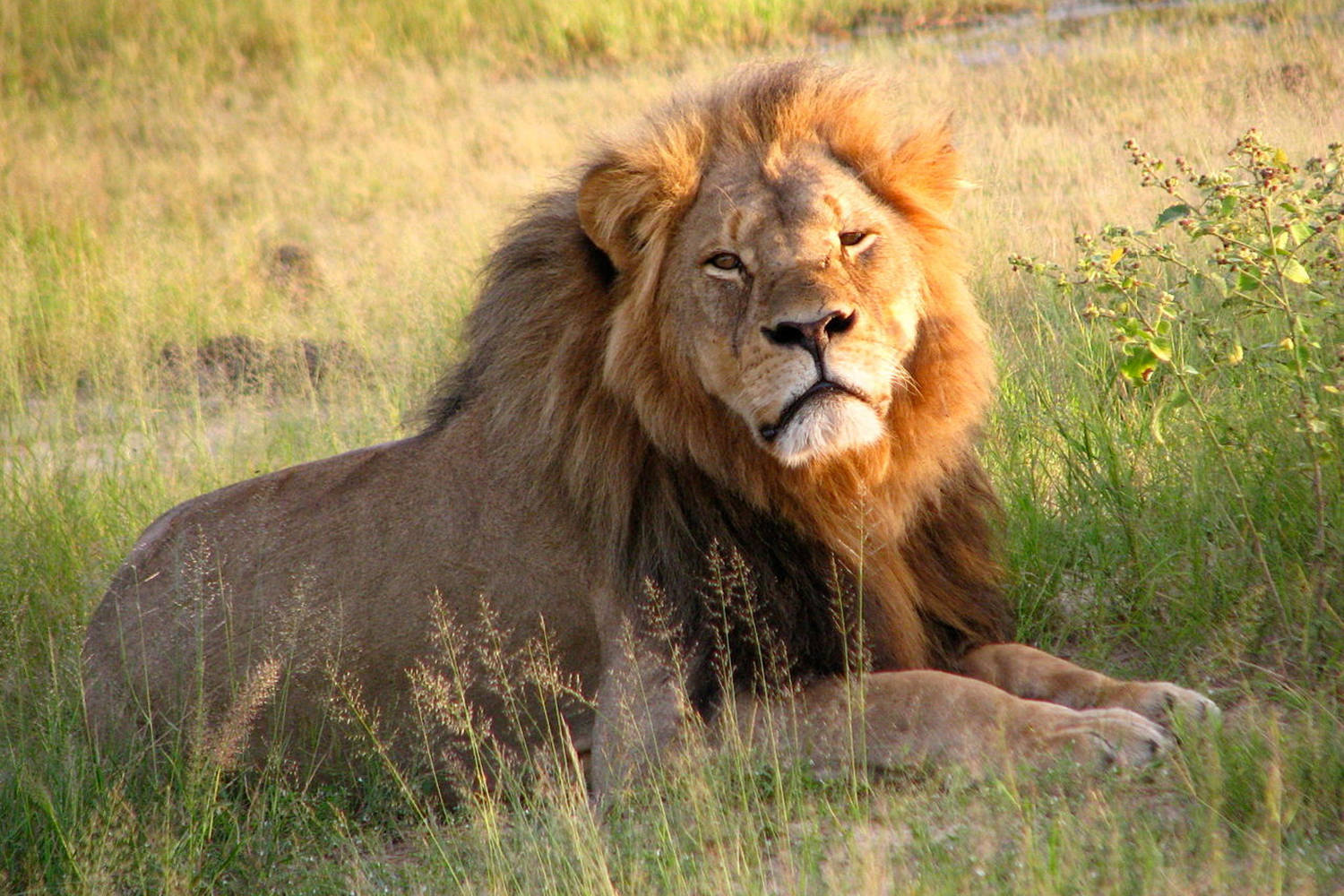News
The role of flagship individuals in biodiversity conservation
“Flagship individuals can be drivers for conservation support and action, but it is also clear from examples like Cecil the Lion, that they can be hijacked for purposes unrelated to biodiversity conservation. As such it is key that we better understand how we can harness these stories while minimizing the risk for the wildlife involved but also for broader biodiversity”. So says Diogo Verissimo, co-author of a new paper published today in Frontiers in Ecology and the Environment.
Much-loved species like pandas and polar bears are widely used in conservation campaigns, but this study argues that individual animals or plants can also be used as flagships. It cites examples such as Lua an Antillean manatee calf, Keiko a captive orca that starred in Free Willy and General Sherman a giant sequoia believed to be the world’s largest living single-stem tree. “Flagship individuals typically share some common characteristics”, says lead author Ivan Jarić, from the University of Paris-Saclay in France and Czech Academy of Sciences. “They mostly belong to charismatic species, and they often have some particular individual characteristics that make them appealing, such as large body, or unique appearance or behaviour. They frequently interact with humans, and they typically have unique life stories, such as tragic fate. By forming unique connections with people and generating empathy, such individuals can encourage engagement and behavioural change, attract donations and even spark policy changes.”
Lua is just such a case – an orphaned calf from a threatened species, she was among the first manatees released in a pioneering Brazilian reintroduction initiative. “Lua quickly became the symbol of the programme, being used in local media and community activities to gain public attention”, says Iran Normande from the Federal University of Alagoas in Brazil, one of the authors of the study. “Because of her docile nature and willingness to approach humans and boats, Lua gave many people their first contact with a wild manatee. This helped to create a local sustainable tourism industry that currently supports up to 400 families. Lua – now ‘middle-aged’ at 31 – was the first released manatee to successfully breed in the wild and has had six calves.” Less positively, this example also highlights the potential downside of flagship individuals, as some visitors fed Lua potentially harmful things including beer and fried fish.
Thus, the authors emphasise that while the promotion of flagship individuals can produce substantial benefits for conservation from local to global scales, it must be done with care to avoid harm to the individual, and to prevent the spread of false or distorted information. More research is needed to identify how to promote flagship individuals in a way that generates wider support for conservation, attracts new audiences and limits any potential harm.
For more detailed information, check the article published in Frontiers in Ecology and the Environment:
Jarić, I., Normande, I.C., Arbieu, U., Courchamp, F., Crowley, S.L., Jeschke, J.M., Roll, U., Sherren, K., Thomas-Walters, L., Veríssimo, D. and Ladle, R.J. (2023). Flagship individuals in biodiversity conservation. Frontiers in Ecology and the Environment https://doi.org/10.1002/fee.2599 (in press)
-
 Lua the Antillean manatee © L Candisani
Lua the Antillean manatee © L Candisani -
 General Sherman giant sequoia © J McNair, CaliforniaThroughMyLens
General Sherman giant sequoia © J McNair, CaliforniaThroughMyLens -
 Grecia, a chestnut-mandibled toucan © Rescate Wildlife Rescue Center
Grecia, a chestnut-mandibled toucan © Rescate Wildlife Rescue Center -
 Cecil the lion © Daughter#3/Flickr.com; CC BY-SA 2.0
Cecil the lion © Daughter#3/Flickr.com; CC BY-SA 2.0





